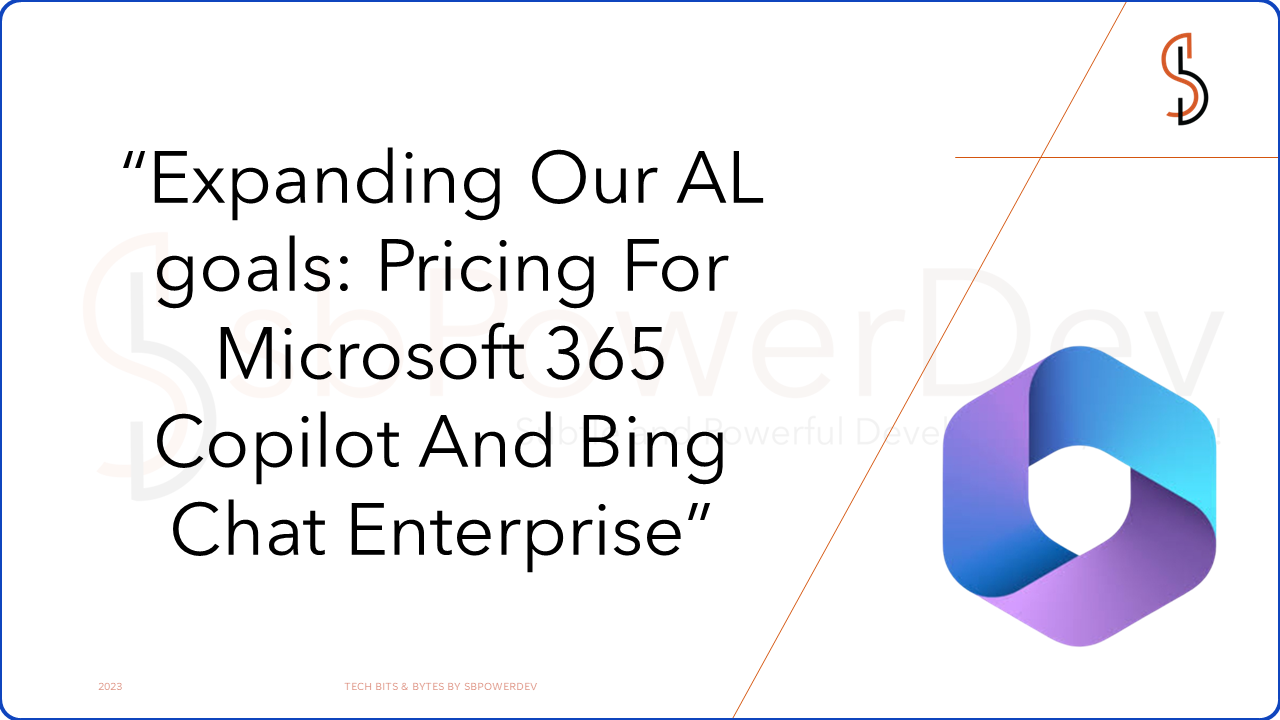
Welcome to the realm of generative AI, a fast-developing field that has the potential to have a significant impact on every industry. AI is quickly taking over all aspects of our daily life, from healthcare to banking, manufacturing to retail. Since 2017, the adoption of AI has been increasing, and 50 percent of enterprises worldwide currently use it.1 The era of generative artificial intelligence (AI) is already here thanks to the advent and development of language models.
Deconstructing generative AI: New business opportunities
The goal of generative AI is creativity. It can produce fresh product concepts, create individualized marketing strategies, and even help with the creation of innovative medication therapies.3 Natural language processing and computer vision are only two examples of the emerging AI technologies that are changing the game and constantly broadening our horizons.
According to a startling prediction from McKinsey, generative AI could boost the world economy by between USD 2.6 trillion and USD 4.4 trillion per year by 2040.4 Profound effects are anticipated in industries like banking, retail, consumer packaged goods, medicines, and healthcare products.
It is anticipated that key company processes including customer service, software engineering, marketing and sales, and R&D would account for 75% of the total annual value that generative AI can produce.5 In order to ride this wave of technological innovation, businesses should invest in this technology and train their personnel for the coming changes.
The impact of AI is wide-ranging and profound, affecting knowledge labour, productivity, and fostering innovation to advance civilization.
What sectors are being disrupted by generative AI
A previously unheard-of level of creativity and invention is emerging because of generative AI’s role in helping to reinvent company operations. AI is reshaping businesses, not just impacting them. On the Azure OpenAI Service, language models like GPT-3 and GPT-4 can automate content development, improve content quality, diversify material, and enable personalisation. These models are already demonstrating their value across many fields, even though prompt production and output evaluation still require human participation.
It offers a wide range of content in branding and marketing that is specially designed to appeal to different client profiles. AI creates highly individualized marketing strategies that give experiences that are tailored to specific client demands by leveraging customer feedback and persona information.
Generative AI’s adaptability goes beyond marketing. It powers predictive analytics, giving firms a thorough understanding of upcoming trends, dangers, and opportunities. Generative AI helps to direct strategic decision-making and optimizes company operations through scenario simulations and thorough data analysis. AI may identify inefficiencies in supply chain management and resource allocation, for instance, and suggest ways to improve operations. The reduction of administrative and repetitive chores frees up workers to focus on high-value strategic work, boosting productivity overall.
Another meaningful change is the ability of generative AI to tailor client interactions and provide extraordinary experiences. It improves client engagement, loyalty, and satisfaction with potent chatbots and focused recommendations. Additionally, generative AI acts as a copilot to quicken research and development by accelerating the ideation, prototyping, and testing processes. Businesses can stay competitive in a market environment that is rapidly changing because to their capacity to quickly react to market changes, shorten the time it takes to market products, and supply innovative solutions.
Success stories: How AI is changing the world
Let us explore in more detail how companies are using generative AI to transform their processes and spur innovation.
Case in point: CarMax
Reputable automobile retailer CarMax spotted a chance to improve its customer experience using AI. The business chose to use Azure AI, specifically Azure OpenAI Service, to create summaries of automotive reviews that are relevant to its customers for its website.
The objective was to provide summaries for 5,000 automobile pages, which would take 11 years to complete manually. But using AI, the business reached this milestone in a matter of months. This increased output raised the company’s search engine results while also enhancing consumer interaction.
Case in point: Symphony AI
Symphony AI, a pioneer in business-to-business AI solutions, offers another intriguing example. Symphony AI integrated Azure AI services into its Sensa Copilot product after realizing the potential of AI to improve financial crime investigation.
As a result of AI automating the gathering and summary of financial data, investigators are now better equipped to identify suspicious activity. In the initial tests, this integration significantly increased productivity by almost 60%. Symphony The way AI operates is evidence of its ability to improve operations, change markets, and create space for reduction.
Case in point: Kelowna, British Columbia
AI technology is also helpful for public services. For instance, the City of Kelowna combined Azure OpenAI Service and Azure Cognitive Search to provide an intelligent search solution that satisfies residents’ demands with information that is openly accessible while maintaining data privacy.
The system, which is intended to handle duties like informing households of snowploughing schedules, has allowed the city to dramatically streamline its services. The city was able to better utilize its human resources by handling routine inquiries in a timely manner, leading to an improvement in the level of service provided overall.
Overcoming AI apprehension by fostering faith in new technology
Since 2017, Microsoft has taken proactive measures to address the potential hazards brought on by AI, including developing responsible AI infrastructure, assembling multidisciplinary teams, formulating responsible AI principles, and putting in place responsible AI governance structures. Microsoft is committed to developing AI responsibly, ethically, and in ways that benefit society rather than just a small segment of it.
Understanding and leveraging technology is only one aspect of embracing the generative AI era. It is also important to establish trust, provide transparency, and clarify that we all want to be a part of the AI future. It is obvious that the generative AI era is more than a technology phenomenon as we stand at the dawn of this fascinating new era; it is a societal revolution. Welcoming this transformation requires more than just utilizing AI’s capabilities; it also requires comprehending, negotiating, and dealing with its ramifications and complexities from an ethical and well-defined perspective.
The era of creative AI can only then be genuinely welcomed.















